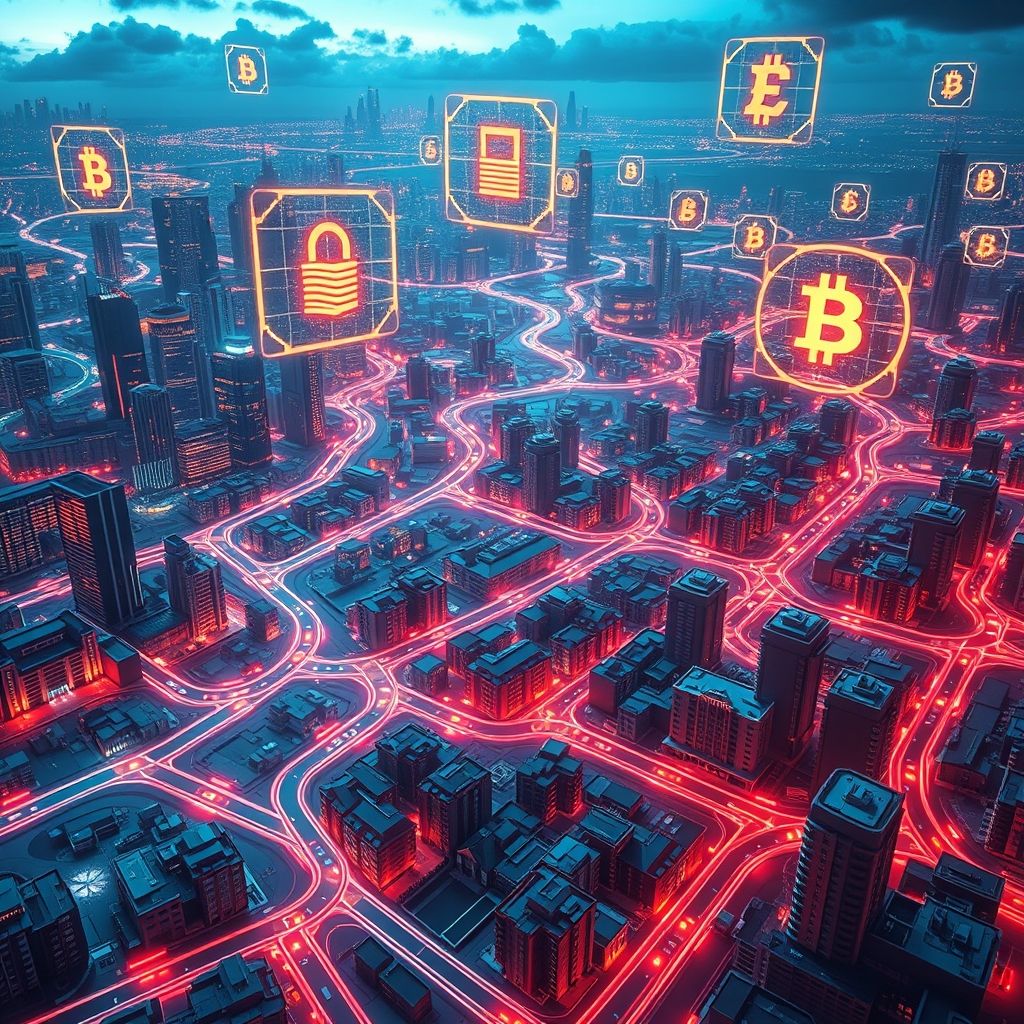How does tokenization of real assets work on blockchain platforms?
Imagine owning a piece of a luxury apartment in New York or a slice of a rare art collection without ever signing piles of paperwork. Welcome to the world of real asset tokenization on blockchain platforms—a revolutionary way to transform traditional investments into digital, tradable tokens. The slogan here is simple: “Unlock the value of the tangible, trade it in the digital.”

What Tokenization Really Means
At its core, tokenization is about converting ownership of physical assets—like real estate, gold, fine art, or even classic cars—into blockchain-based digital tokens. Each token represents a fraction of the asset’s value, allowing multiple investors to hold parts of something that was previously only accessible to a few. Think of it as splitting a skyscraper into thousands of digital shares, each one securely recorded on the blockchain.
Blockchain ensures transparency, immutability, and verifiable ownership. Once a token is issued, every transaction is permanently recorded, eliminating disputes over ownership and providing a clear audit trail. For investors, this translates into both trust and convenience.
How It Works in Practice
Platforms typically follow a straightforward process. The asset is first evaluated and legally structured to enable fractional ownership. Then, smart contracts on the blockchain issue tokens that correspond to the ownership stakes. Investors can buy, sell, or trade these tokens in real time, similar to how stocks operate on traditional exchanges.
For example, imagine a luxury apartment tokenized into 10,000 units. An investor could purchase 100 tokens, essentially owning 1% of the property. Rent income, resale profits, or asset appreciation are distributed proportionally to token holders, all managed automatically through smart contracts.
Key Benefits for Investors
Tokenization unlocks several advantages over traditional investing:
- Liquidity: Physical assets are notoriously illiquid. Tokenization allows investors to trade fractions of an asset anytime, anywhere.
- Accessibility: High-value assets are no longer reserved for the ultra-wealthy. Small investors can participate in real estate, art, or commodities.
- Transparency and Security: Blockchain reduces fraud risk. Every token transfer is traceable, and smart contracts ensure automated compliance with rules.
- Diversification: Investors can hold a mix of tokenized real estate, commodities, and even digital collectibles, spreading risk efficiently.
Tokenization Across Asset Classes
The power of blockchain extends beyond real estate. Tokenized forex, stocks, crypto, indices, options, and commodities are becoming increasingly viable. Imagine a portfolio that includes fractions of a blue-chip stock, some gold bars, and a slice of Ethereum—all tradable in real time. This multi-asset approach allows sophisticated strategies like hedging, arbitrage, and leveraged positions while relying on advanced charting and analytics tools.
DeFi Meets Real Assets
Decentralized Finance (DeFi) is reshaping how investors interact with tokenized assets. Lending, staking, and derivatives trading are all possible without intermediaries, offering higher efficiency and lower costs. However, the decentralized ecosystem isn’t without challenges: regulatory uncertainty, smart contract vulnerabilities, and platform liquidity can impact returns. Prudent investors combine blockchain’s transparency with traditional due diligence to manage these risks.
Looking Ahead: Smart Contracts and AI-Driven Trading
The future of tokenization is intertwined with AI and automated trading. Smart contracts could dynamically adjust asset allocations, rebalance portfolios, or execute trades based on AI predictions. For traders, this means faster execution, optimized strategies, and the ability to navigate complex markets with data-driven insights.
Tokenization isn’t just a trend—it’s the bridge between tangible assets and the digital economy. As blockchain technology evolves, it empowers investors to access, trade, and manage real-world wealth in ways that were unimaginable a decade ago. “Own what you value, trade it your way.”
Whether you’re exploring tokenized real estate, commodities, or a multi-asset DeFi portfolio, understanding the mechanics of blockchain-based ownership is essential. The next wave of investing isn’t just digital—it’s fractional, secure, and decentralized, opening doors for anyone ready to step into the future of finance.